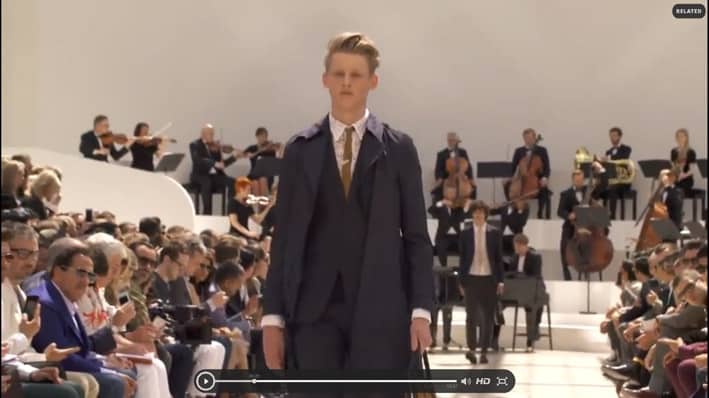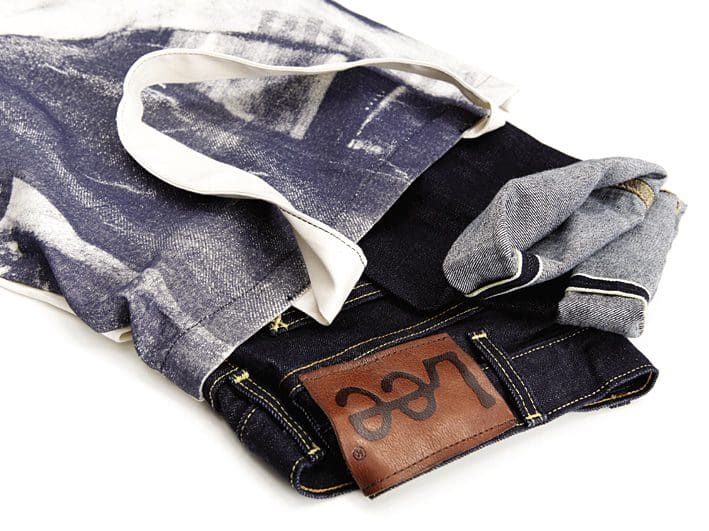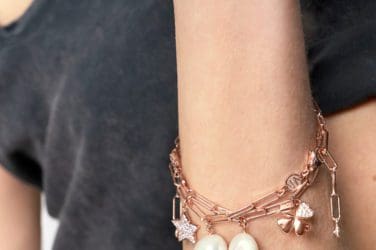words Al Woods
This time last year, few had any idea of how the world was going to change. The fashion industry was gearing up for London, Paris, and New York Fashion Weeks, and it seemed like everything would continue as it always had.
Then the COVID-19 pandemic took hold, and the world plunged into lockdown. Shows were cancelled, production lines ground to a halt, and high street shopping became a thing of the past.
So, how did the fashion industry and society react?
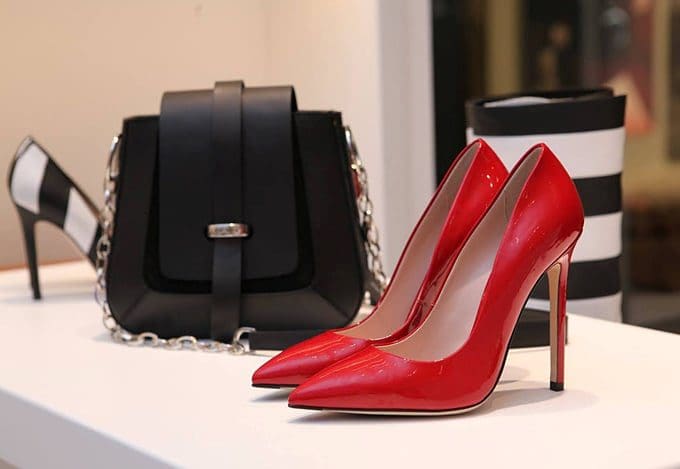
Source: Pexels
Brands that are helping out
From the very beginning, several big-name brands stepped up to help fight the pandemic. As reported by GQ, industry names were some of the first to volunteer their services and resources to produce protective equipment for medical staff. Chanel started to manufacture items like masks and gowns, while luxury goods company LVHM began to produce hand sanitizer for free. LVHM also ordered around 40 million masks from a Chinese supplier to combat a global shortage during the first months of the crisis.
Ralph Lauren donated $10 million, along with 250,000 masks and gowns, while Prada manufactured 80,000 medical suits and 100,000 masks. The Italian fashion giant then donated a total of six intensive care units to hospitals in Milan, a city that was at the heart of the pandemic in March. Other brands started creating fashionable masks, such as the Dolce & Gabbana multicolor face mask that helped bring some normalcy, and style, to the situation. Clearly, there was a lot the industry could do to support others, whether that be on the front line, or on a smaller individual scale.
The clothing crisis
Another considerable impact that the pandemic has had on fashion is the huge excess of unsold clothes. While this may not apply as much to high-end brands, whose pieces are usually produced in smaller amounts, it is still something that has left the industry scratching their heads.
Many luxury brands have a policy of not discounting items or sending them to outlets. This means that many companies have been left with a surplus of AW20 and SS20 clothing that they have no idea what to do with. Furthermore, this can be financially devastating for smaller brands as they see their profits decimated by piles of unsold, and quickly out of date, clothing stacking up in warehouses.
Criticisms levied
In the UK, many online fashion bloggers and influencers have been harshly criticized for traveling to places like Dubai for “work purposes”. This is an alleged violation of the country’s harsh lockdown policies designed to halt the spread of the British COVID-19 variant. Furthermore, those that have been photographed flaunting their wealth and designer wardrobes have been accused of being “out of touch” and “gloating” while millions are out of work and struggling economically.
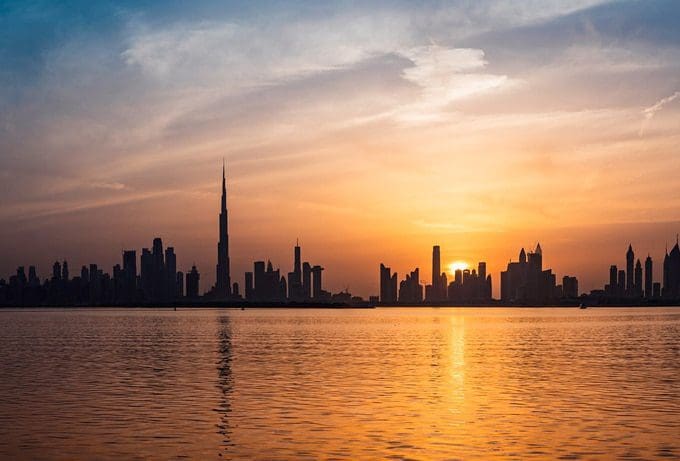
But the fashion industry has defended itself well. While acknowledging the economic impact of the crisis, many have noted that high-end fashion has a right to exist alongside mass-produced bargain brands. Many argue that luxury companies will always be out of reach for some, yet, that doesn’t eliminate their place in society and the influence they have on forming trends – which are then reproduced by high street names.
It was a difficult year for the fashion industry. Some brands sunk, others swam, and some learned to adapt and weather the storm. Now that we have a reasonable expectation of the year ahead of us, it has caused brands of all sizes to be more cautious about manufacturing in such bulk.

